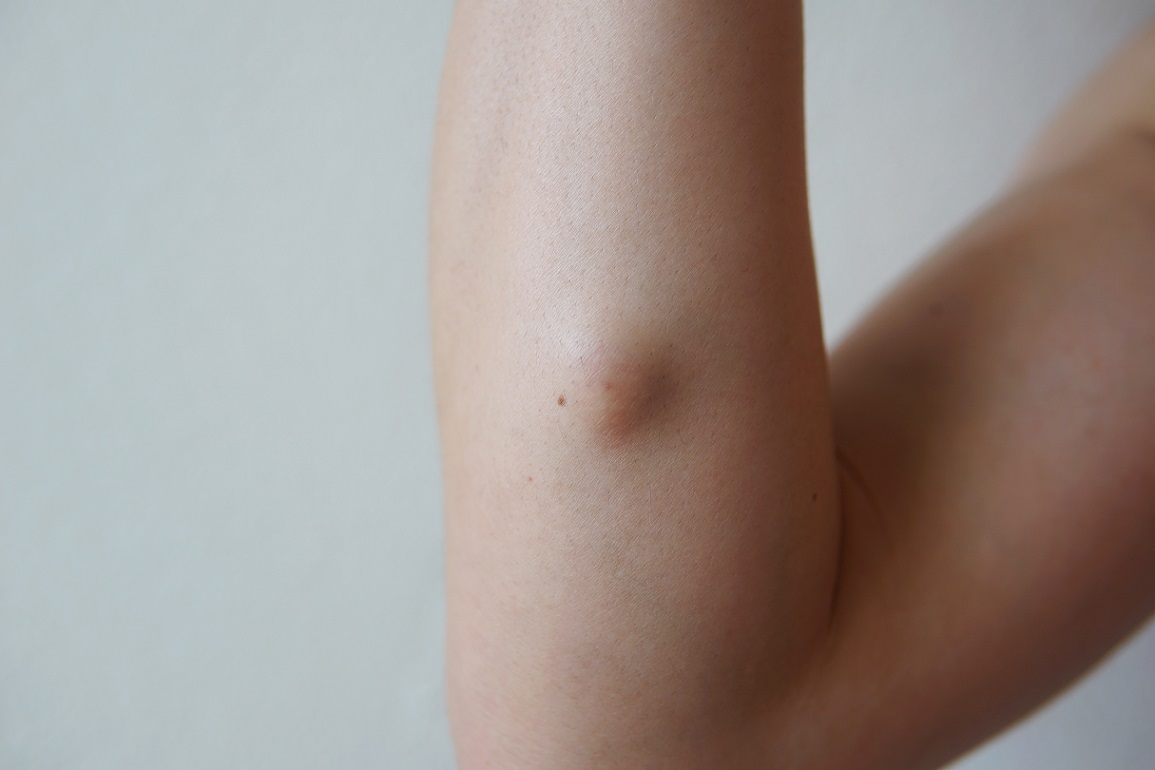Introduction
Lipomas are often harmless, but their presence can be concerning and sometimes uncomfortable. Understanding the various techniques available for Lipoma Treatment in Dubai can help you make an informed decision about your treatment options.
Understanding Lipomas
What Are Lipomas?
Lipomas are benign tumors composed of fat tissue. They are usually soft to the touch, movable, and generally painless. Though non-cancerous, lipomas can grow and become a cosmetic concern or cause discomfort if they press against nerves or muscles.
Causes of Lipomas
The exact cause of lipomas remains unknown, but they are thought to be linked to genetic factors. Certain hereditary conditions, such as familial multiple lipomatosis, can increase the likelihood of developing lipomas. Other factors may include minor injuries, though this is less commonly documented.
Symptoms of Lipomas
Lipomas typically appear as soft, doughy lumps under the skin. They can range in size from a few millimeters to several centimeters. While they are usually painless, larger lipomas can cause discomfort by pressing on nearby tissues.
Diagnosing Lipomas
Diagnosis typically involves a physical examination. In some cases, imaging tests like ultrasound or MRI may be used to determine the lipoma’s size and exact location. A biopsy might be performed to confirm the diagnosis and rule out other conditions.
Why Remove a Lipoma?
Medical Reasons
While lipomas are generally benign, they may need to be removed if they cause pain, interfere with muscle movement, or compress nerves. In rare cases, a lipoma can become cancerous, transforming into a liposarcoma.
Cosmetic Reasons
Lipomas can be unsightly, especially if they are located in visible areas. Many individuals opt for removal to improve their appearance and boost their self-esteem.
Potential Complications of Untreated Lipomas
Leaving a lipoma untreated can occasionally lead to complications. These include increased pain, further growth, or the rare development of a malignant tumor. Early removal can prevent these issues.
Consulting a Specialist
Choosing the Right Doctor
Selecting a qualified specialist is crucial for effective treatment. Look for a dermatologist or a surgeon with experience in lipoma removal.
Initial Consultation
During the initial consultation, your doctor will assess the lipoma, discuss your medical history, and explain the potential treatment options. This is the time to ask questions and express any concerns you may have.
Pre-removal Considerations
Before removal, your doctor will consider factors such as the size and location of the lipoma, your overall health, and any potential risks. You may need to undergo pre-operative tests to ensure you’re fit for surgery.
Non-Surgical Lipoma Removal Techniques
Steroid Injections
Steroid injections can shrink the lipoma, but they rarely eliminate it completely. This method is less invasive and can be a good option for small lipomas.
Lipolysis
Lipolysis involves injecting a solution that dissolves the fat cells within the lipoma. This technique is minimally invasive and can reduce the size of the lipoma over time.
Ultrasonic Lipolysis
Ultrasonic lipolysis uses ultrasound waves to break down fat cells. This non-surgical method is effective for reducing the size of lipomas and is relatively painless.
Surgical Lipoma Removal Techniques
Excision
Procedure
Excision is the most common method for removing lipomas. The surgeon makes an incision over the lipoma and carefully removes it along with its capsule.
Recovery
Recovery from excision is usually quick. Most patients can resume normal activities within a few days, although strenuous activities should be avoided for a week or two.
Minimal Invasive Surgery
Procedure
Minimal invasive surgery involves making smaller incisions and using specialized tools to remove the lipoma. This technique reduces scarring and recovery time.
Recovery
Patients typically recover faster from minimal invasive surgery compared to traditional excision. However, care must be taken to avoid infection and ensure proper healing.
Endoscopic Surgery
Procedure
Endoscopic surgery utilizes an endoscope—a thin, flexible tube with a camera—to remove the lipoma. This method is ideal for lipomas located in hard-to-reach areas.
Recovery
Recovery from endoscopic surgery is similar to other minimally invasive techniques, with a focus on preventing infection and managing any pain or discomfort.
Alternative Treatments for Lipomas
Herbal Remedies
Some herbal remedies are believed to reduce lipoma size, although scientific evidence is limited. Common remedies include turmeric, chickweed, and apple cider vinegar.
Dietary Changes
A diet low in fats and rich in fruits and vegetables may help prevent the growth of lipomas. However, diet alone is unlikely to eliminate existing lipomas.
Lifestyle Modifications
Regular exercise and maintaining a healthy weight can potentially reduce the risk of developing new lipomas, although they won't affect existing ones.
Post-Removal Care
Immediate Post-Operative Care
After removal, keep the area clean and dry. Follow your doctor’s instructions regarding bandages and avoid strenuous activities.
Long-term Care and Monitoring
Regular follow-up appointments are essential to monitor the healing process and check for any signs of recurrence.
Signs of Complications
Watch for signs of infection, such as redness, swelling, or discharge from the incision site. Contact your doctor immediately if you experience severe pain or fever.
Risks and Complications
Common Risks
Common risks include infection, bleeding, and scarring. These can be minimized by following your doctor’s post-operative care instructions.
Rare Complications
Rare complications might include nerve damage or recurrence of the lipoma. It’s important to discuss these risks with your doctor before surgery.
Managing Complications
If complications arise, timely medical intervention is crucial. Most issues can be managed effectively with appropriate care.
Cost of Lipoma Removal
Factors Affecting Cost
The cost of lipoma removal varies based on the size and location of the lipoma surgery, the technique used, and the surgeon’s experience.
Insurance Coverage
Many insurance plans cover lipoma removal if it is deemed medically necessary. Check with your provider to understand your coverage.
Conclusion
Lipoma removal, whether for medical or cosmetic reasons, offers relief and improved quality of life. By understanding your options and consulting with a specialist, you can choose the best method for your situation. Stay proactive with regular check-ups and a healthy lifestyle to minimize the risk of lipomas.





Comments